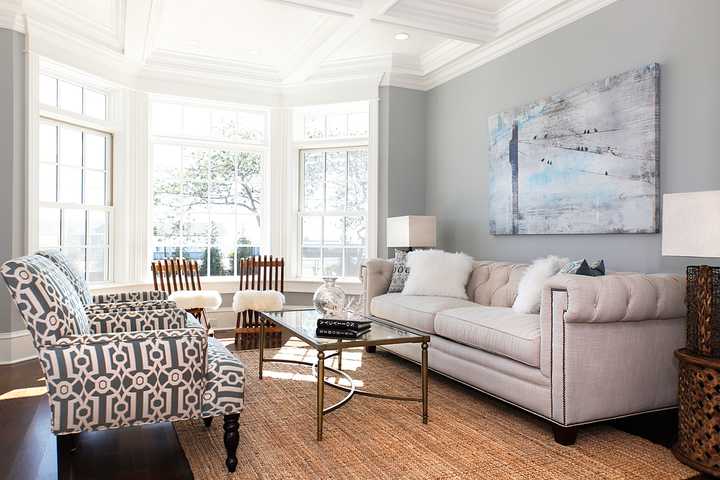If the cake with the best frosting wins, the same reasoning, she said, can apply to buying a home. Home-staging – the art of preparing a home for sale by literally staging an appealing setting – has become an integral part of the real estate business.
Houses that have been professionally staged sell on average 73 percent faster than un-staged houses, according to a study by the Real Estate Staging Association (RESA). And New York City real estate guru Barbara Corcoran said that staged houses sell for an average of 5 to 10 percent higher than un-staged ones.
“Vacant houses are even harder to sell and staging is as critical, even if they are new construction,” said Anich.
A trained interior designer and certified home stager, Anich recently won a Home Builders Association of Connecticut (HOBI) award for best interior design for her designs in a Fairfield home.
Her experience in both staging and interior design places Anich strategically in the real estate theater.
“While interior design is about the homeowner's lifestyle and tastes, staging is lifestyle merchandising and marketing the property to appeal to target buyers," she said.
Staging and interior design are similar fields, she said, but they demand different approaches in design, reasoning and decisions.
Anich said she has had an interest in home design since she was a young child, when she began drawing floor plans of spaces she found appealing. When she was a teenager she re-worked her parents’ architect’s floor plans for a house they were building, and her parents implemented her suggestions, augmenting those of the architect.
Her formidable artistic and spatial skills, however, translate into something more basic for homebuyers.
“First and foremost, people purchase a home based on emotion, and then justify their decisions rationally,” she said.
Staging, she said, creates those emotional connections.
And that’s how a home gets sold. It’s a piece of (frosted) cake.
Click here to follow Daily Voice Norwalk and receive free news updates.
